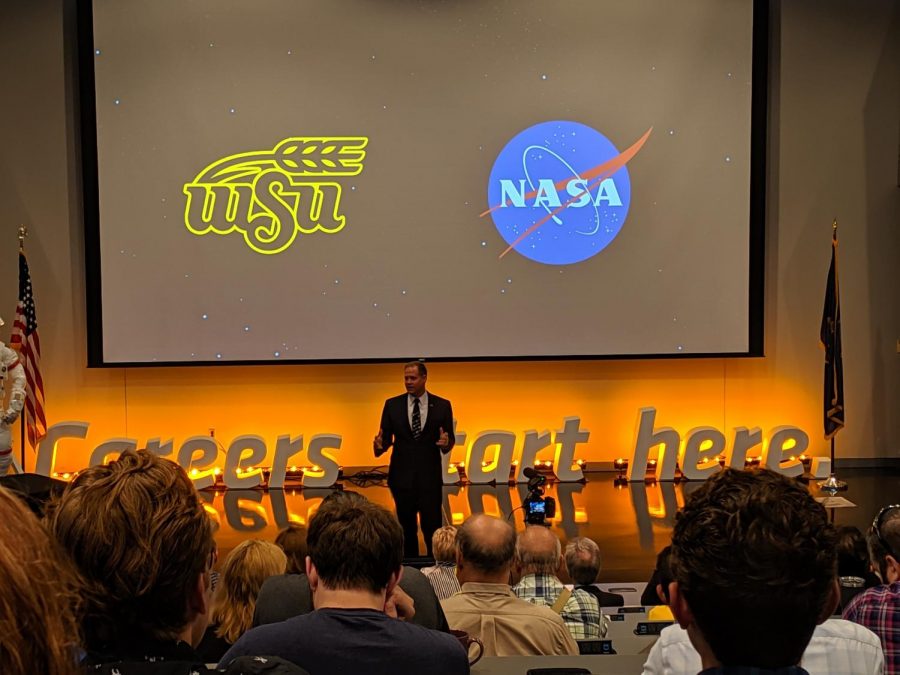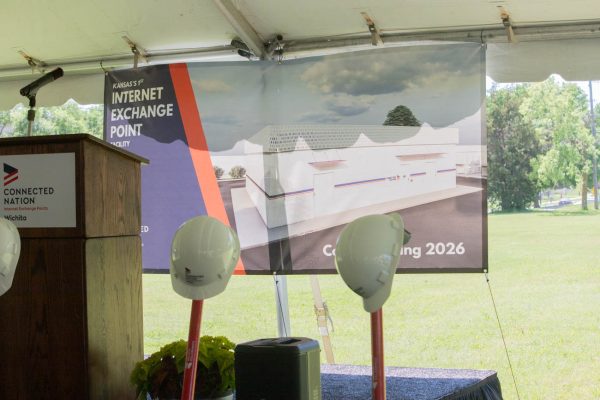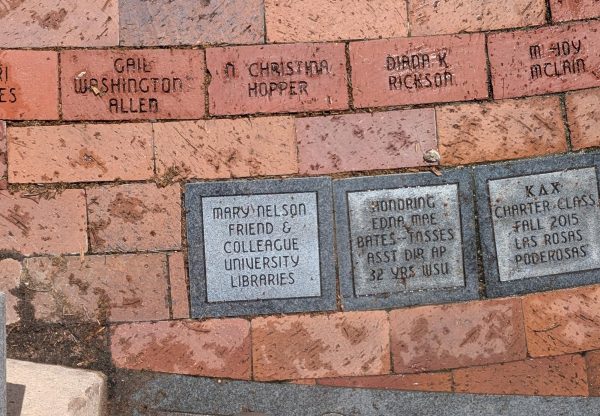Wichita could be ‘Detroit of urban air mobility,’ NASA official says
NASA Administrator Jim Bridenstine speaks at the National Institute for Aviation Research Monday. Bridenstine emphasized “urban air mobility” during his address.
Wichita could in the near future be “the Detroit of urban air mobility,” NASA administrator Jim Bridenstine said Monday at the National Center for Aviation Research.
Bridenstine’s statement — which he clarified to mean the Detroit of 20 years ago, not today — punctuated his special address at NCAT, which he gave in celebration of the 50th anniversary of the Apollo 11 moon landing.
NASA defines urban air mobility as “safe and efficient air traffic operations in a metropolitan area for manned aircraft and unmanned aircraft system.” That means small aircraft would operate within a metropolitan area, transporting humans and goods.
The idea is “you can get in a vehicle on one side of town, and that vehicle would elevate you to another side of town and drop you off,” Bridenstine said.
“The grand challenge is this: how do we get communities partnered?”
Bridenstine said the United States has invested over $1 billion toward urban air mobility.
Wichita is uniquely equipped, Bridenstine said, because “[WSU’s] partnership with industry and the U.S. government” makes Wichita a “cluster of technology capability.”

Andrew Linnabary was the 2018-2019 Digital Managing Editor of The Sunflower. He studied journalism and minored in English. Linnabary is from Wichita, Kansas.













